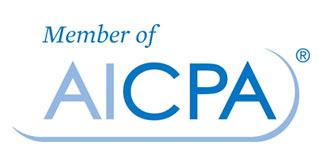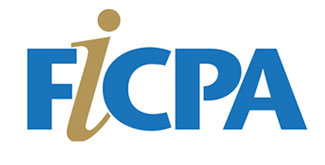The most debatable argument against starting 529 college savings programs for children is the uncertainty surrounding whether the child will even attend college and, if they do, whether they will need the funds in the event of qualifying for scholarships or other financial aid. The recently passed SECURE 2.0 Act introduces a special rule allowing distributions from 529 plans to Roth IRAs. The new distribution rule takes effect in 2024.
The advantage of the new rule
Prior to this rule, if a 529 beneficiary completed their education without fully exhausting their account, the options for what to do with the remaining funds were limited.
The new transfer rule is meant to alleviate the consequences of the overfunding concern, but the transfer rule has certain limitations, which include:
- The lifetime maximum a 529 beneficiary can transfer under the rule is $35,000;
- The 529 account must have existed for at least 15 years;
- No contributions or earnings on contributions from the last five years can be transferred;
- The transfers are subject to annual Roth IRA contribution limits (but there is no upper income constraint).
For example, when John was born in 2000, a 529 plan was opened in his name. When John graduated from high school in 2018, contributions to the account ceased.
John went to college, graduating with his bachelor’s degree in 2022. Upon graduation, his 529 plan still had a balance of $33,000. Beginning in 2024, John will be able to begin funding his own Roth IRA with the remaining 529 funds in a direct trustee-to-trustee transfer.
Because John’s account was established at least 15 years ago and no contributions will have been made within five years of the first transfer in 2024, the only limitation John needs to be concerned with at this point is the annual Roth IRA contribution limit.
Assuming the Roth IRA contribution limit remains at $7,000, John has at least $7,000 in earned income that year, and has made no contributions to a traditional IRA, he may initiate a rollover of $7,000 from his 529 to his Roth IRA. The upper income limits for Roth IRA contributions do not apply to these types of rollovers.
John may continue to perform rollovers each year up to the maximum Roth IRA contribution limit until he has reached a total of $35,000 in rollover dollars or his 529 account is exhausted.
As an aside, John could potentially use some of the Roth funds for a first-time home purchase.


